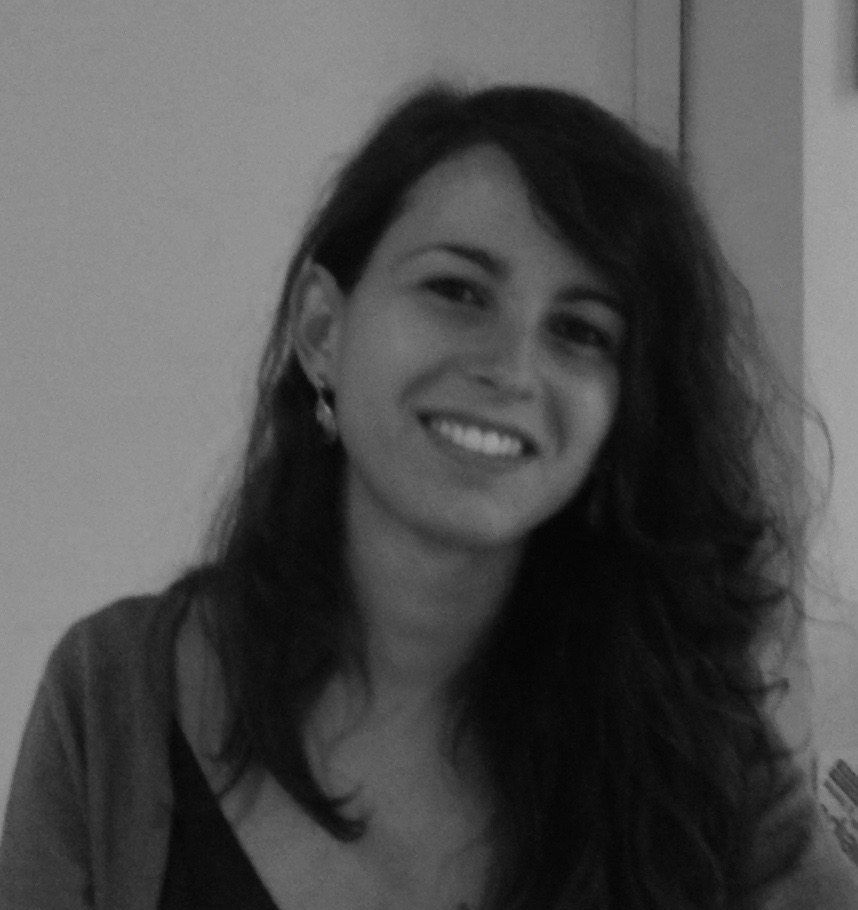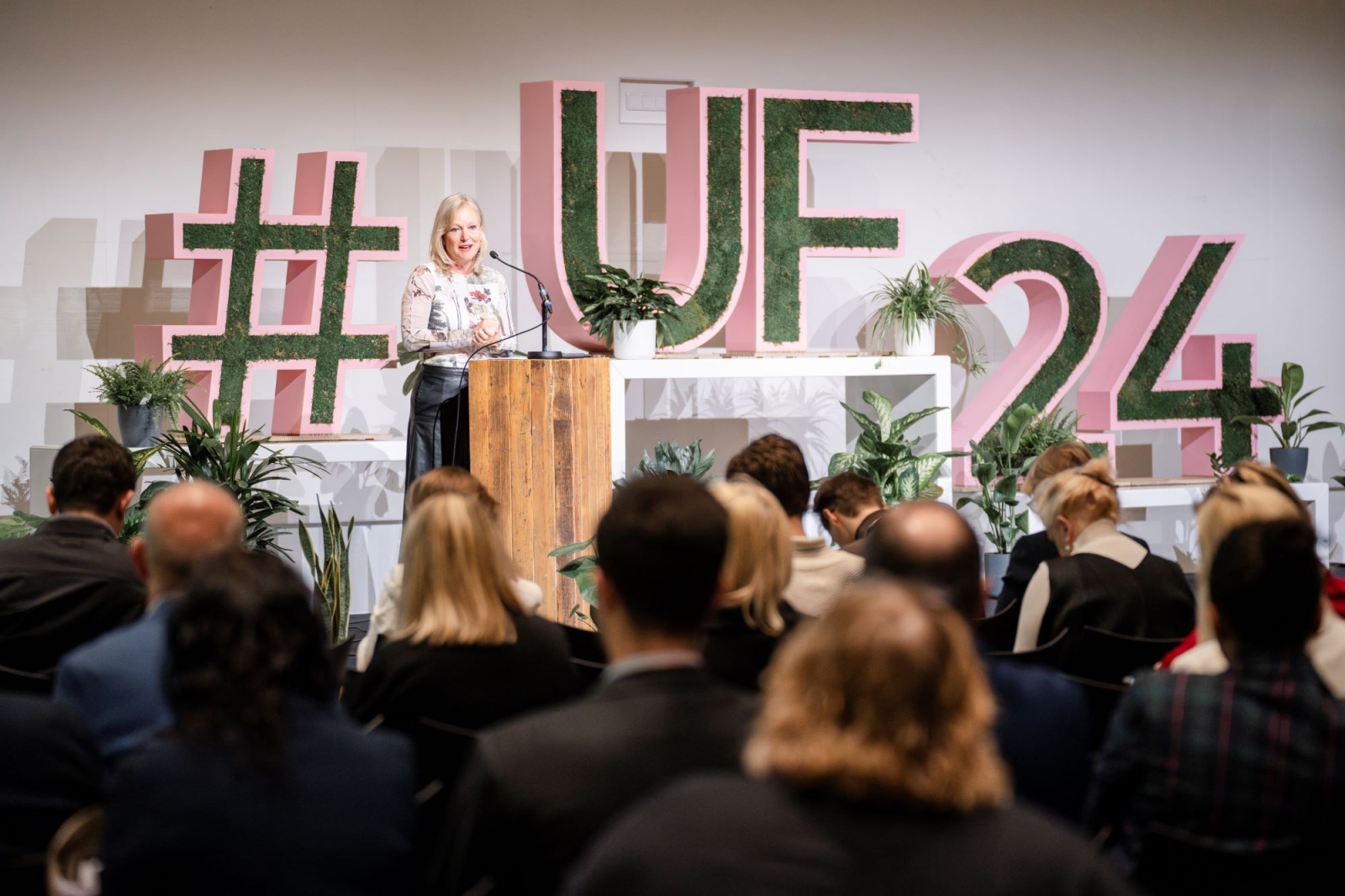How can we balance environmental awareness, growth and equity? How should we combine climate adaptation, sustainable city building and social justice? How should we rethink streets, neighborhoods, and public spaces to be inclusive? These and others were the topics at the center of two intense days of talks, on June 6 and 7, when Rotterdam, the Netherlands, hosted the Urban Future conference on June 6th and 7th, with some 2,000 participants from more than 50 countries and more than 300 cities, including nearly eighty mayors and deputy mayors.
Mobility and social aspects of the transition
The transition to greener and more inclusive cities appears doable -- it’s about agreeing on global goals, calculating emission limits, and introducing regulations and taxes. In reality, however, the transition is far more complex, unruly and divisive than what spreadsheets can describe. Between degrowth movements that question the necessity of economic growth and local climate justice activists, it becomes clear that the green transition will not happen without taking equity, equality and justice seriously.
“An advanced city is not a city where the poor own an electric car, but a city where the rich use public transportation”, is the mantra repeated by Enrique Peñalosa, author of the volume “Equity and the cities” and former mayor of Bogotá, who succeeded in equipping the Colombian capital with 50 kilometers of bicycle lanes, way before cities like Paris and London did the same. The process has not been easy, numerous interests and pressures have come into play, but the democratization of public spaces and the redistribution of urban space is a key step. As Peñalosa stated, “A car parked on the sidewalk is symptomatic of a lack of respect for the human dignity of pedestrians”.
“Right now, in developing countries, 10 or 20 percent of people who own cars have the power to decide how cities are structured”, Peñalosa continued. “Instead, a bus with 80 people in it should have eighty times more space than a car carrying only one person.” Peñalosa suggests that focusing on the development of efficient urban public transportation should come together with a necessary change of mentality and greater democracy to prevent the development of bike lanes from being hindered by the affluent classes who see them as a threat since poor and low-income people could use them to ride through affluent areas or play soccer in parks in wealthy parts of the city.
Despite the appearance of an advanced and steadily growing society, the Netherlands also has issues in this sense. As Derk Loorbach, director of the Rotterdam-based research organization DRIFT, puts it, “the citizens of Rotterdam South have a life expectancy 6 to 12 years lower than the Dutch average and live for about 20 years in poor health. Seventy percent of the people living in this area do not know how to ride a bicycle. The Dutch seem to have a very good organization, but looking beneath the surface there needs to be a radical change in approach. Instead of giving subsidies to the rich to buy Tesla and build new parking lots, we need to counter private car use and focus on sharing systems.”
Tracy Metz (Moderator) Water Talks Podcast & Director at John Adams Institute Enrique Penalosa - Former Mayor of Bogota Katharina Schätz - Climate Resilience Manager at City of Regensburg Lykke Leonardsen - Head of Programme for Resilient & Sustainable City Solutions at City of Copenhagen Ahmed Aboutaleb - Mayor of Rotterdam Erion Veliaj - Mayor of Tirana © Laura-Anne Grimbergen
New mindset and housing as a human right
In this context, to change mindset all stakeholders must be involved. There is a need to redistribute public spaces as well as to rethink private land ownership, which impacts the inaccessibility of housing and results in individuals, who have moved to the city from suburban areas, going to live in the slums of global metropolises.
“Housing is a human right,” said Leilani Farha, a Canadian jurist, director of The Shift and author, along with economist Mariana Mazzuccato, of The Right to Housing. Cities are facing an affordable housing crisis, which they overcome by building more. This, however, causes a conflict of interest: it is impossible to create more affordable housing units without, at the same time, producing emissions that exceed set climate targets. There is a need to combine the potential of vacant houses and the tools to use them for the construction of affordable housing.
Property owners, city governments, politics, finance, and businesses must all be involved in making housing units more affordable. However, at its core, it is crucial to switch from a vision of housing as speculation to seeing housing as a human right. Doing this requires community housing and collaboration between builders, housing associations, and city governments.
A new language for a new paradigm
In the transition to a new equitable and green paradigm and the building of sustainable, livable and safe infrastructure, language plays a fundamental role. “Spoken language changes reality, changes the point of view and shapes the world. Language is not a mirror of reality”, says Marco te Brömmelstroet, professor of Urban Mobility Futures at the University of Amsterdam and founder of the Lab of Thoughts. While in the last century building street intersections in our cities was a task for hydraulic engineers, who had experience in congestion, today we need to question what has been built so far and rethink and reappropriate urban streets and neighborhoods, creating neutral languages and positive stories.
"Looking at life from a different perspective makes you realize that it's not the deer that is crossing the road, rather it's the road that is crossing the forest"
One positive story with a happy ending certainly comes from Austria with Maria Vassilakou, a former deputy mayor of Vienna who was harshly challenged by her fellow citizens with demonstrations and posters depicting her face crossed out for proposing the pedestrianization of the Austrian capital's widest and most popular shopping street. Thanks to an extensive reform program, in addition to the pedestrianized Mariahilferstrasse, Vienna now has one of the most affordable public transport fare policies among all European cities.
Vassilakou's recipe for achieving change and convincing the population is apparently simple: creating experiences through temporary events, using new neighborhoods as opportunities for community experimentation, involving the entire population by reaching them in the right places so that it’s not always the same people with time and money available to make their voices heard, and, finally, starting with the children.
Playgrounds as tools for social cohesion
Speaking of children, playgrounds are indeed key spaces where individuals first experience coexistence and collaboration. Transforming society inevitably comes through redefining the concept of playgrounds as a comprehensive tool for social and sustainable design. Inclusion of communities and cultures starts with children and numerous cities and initiatives are experimenting with innovative strategies and practical applications aimed at transforming playgrounds into vibrant and dynamic spaces that promote holistic development and address contemporary urban challenges. Copenhagen and Vienna have been pioneering these efforts by creating spaces designed in collaboration with children and conceived from the perspective of individuals 90 to 130 centimeters tall.
“We need to rethink so many elements that we often take for granted such as, for example, lights in a playground that are often overlooked, but become critical to ensuring inclusion and a sense of safety at all hours and for all communities especially in countries where daylight hours are reduced in the winter months”, concluded Filippo Lodi, director and architect of the Dutch UNStudio.
This article is also available in Italian / Questo articolo è disponibile anche in italiano
Cover image: Chantal Zeegers, Vice Mayor of Rotterdam at the Opening Ceremony © Laura-Anne Grimbergen



